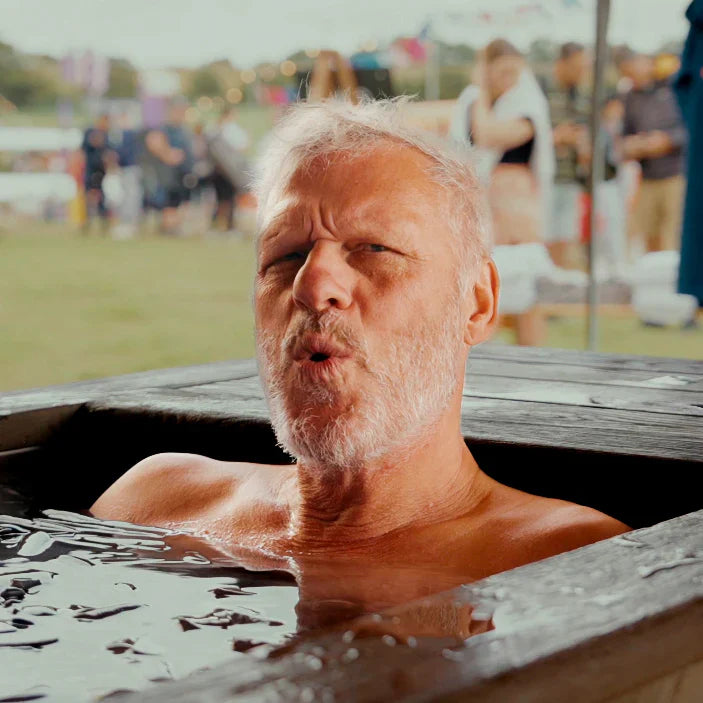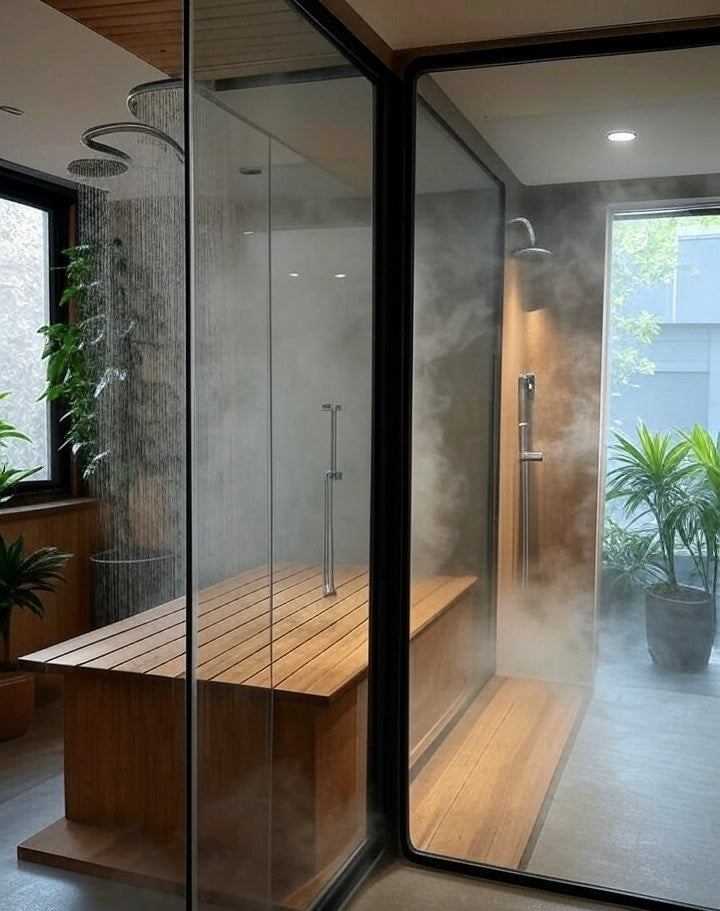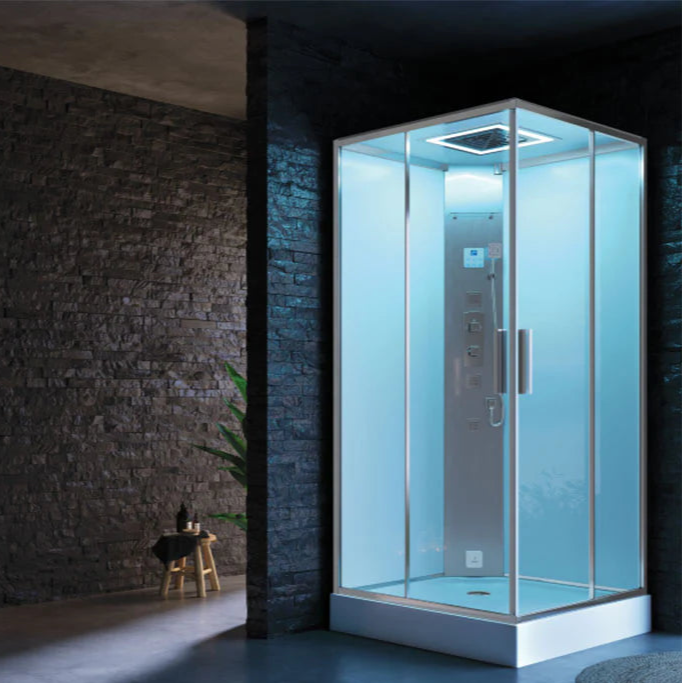Thinking of tackling arthritis with an Ice Bath? The short answer: Yes, a Cold Plunge can help ease joint pain and reduce inflammation. From soothing sore knees to boosting mobility, slipping into an Ice Bath Tub or Cold Plunge Tub might be your new chill secret weapon. Keep reading to find out why.

Understanding Cold Plunge and Arthritis: Can it Help?
Many people living with arthritis are exploring cold water immersion for relief—and it’s easy to see why.
A Cold Plunge or dip in an Ice Bath Tub may help ease common arthritis symptoms like joint stiffness and swelling.
This natural method is gaining popularity for its ability to soothe sore joints and calm inflammation.
But what’s the science behind it? Let’s dig into how it works.
The Science Behind Cold Therapy for Joint Pain
How Cold Reduces Inflammation
Cold temperatures trigger vasoconstriction, causing blood vessels to tighten.
This reduces blood flow to affected joints, slowing the delivery of inflammatory cells.
In turn, this helps to minimise swelling and irritation in arthritic areas.
It’s a natural way to limit inflammation and improve joint comfort.
Alleviating Pain and Swelling
Cold acts as a numbing agent, dulling nerve activity and raising your pain threshold.
This analgesic effect can temporarily relieve pain during arthritis flare-ups.
It also reduces fluid accumulation, which helps bring down swelling.
Together, these effects can make everyday movement feel much easier.
Impact on Muscle Spasms and Joint Mobility
Arthritis often causes muscles to tense around inflamed joints.
Cold therapy helps relax these spasms, easing tightness and discomfort.
As a result, your range of motion may improve slightly after a plunge.
This is especially helpful for painful joints in the knees, hips, or hands.
Specific Benefits for Arthritis Sufferers
Targeted Pain Relief for Inflamed Joints
Cold Plunge Tub therapy can offer fast relief at the source of joint pain.
It’s especially effective during flare-ups, when inflammation is at its worst.
Even a short session can make a noticeable difference in comfort.
Reducing Chronic Inflammation and Swelling
With regular use, cold therapy may help manage chronic joint inflammation.
This can be useful for people with ongoing arthritic conditions, not just temporary flare-ups.
By keeping inflammation under control, cold plunges may reduce long-term discomfort.
Potential Mental Health Advantages
The cold also affects your mood. It stimulates the release of feel-good chemicals like endorphins.
This boost can help reduce stress and anxiety, which often make arthritis symptoms feel worse.
Better sleep and improved mental health can also support your pain management.
Applicable Arthritis Types
Cold therapy may benefit a variety of arthritis types.
It’s often recommended for osteoarthritis, rheumatoid arthritis, and gout.
Because it's non-invasive, it’s suitable for many people seeking natural relief.
Practical Application: Incorporating Cold Plunge into Your Routine

Different Forms of Cold Therapy for Arthritis
-
Full Immersion (Ice Baths / Cold Plunges): Submerging your body or joints in an Ice Bath Tub provides all-over relief.
-
Localized Applications: Use ice packs, cold towels, or soak your hands and feet in a basin of cold water.
-
Combined Approaches: Try alternating hot and cold treatments (contrast therapy), or use heat for stiffness and cold for pain.
Each method can help, depending on your symptoms and lifestyle.
Safety, Duration, and When to Consult a Professional
Recommended Session Lengths and Frequency:
Start with shorter cold plunges—around 3 to 5 minutes—then build up to 10 minutes.
For targeted areas, apply cold for 10–15 minutes with at least 2 hours between sessions.
Important Safety Precautions:
Watch for signs of excessive cooling, such as numbness, skin discolouration, or tingling.
Never apply cold directly to skin without protection, and always dry off thoroughly.
Avoid cold therapy if you’re feeling faint, dizzy, or extremely cold after a session.
Contraindications and When to Avoid Cold Plunging:
Cold therapy isn’t suitable for everyone. Avoid it if you have:
-
Raynaud’s Phenomenon
-
Cold allergies
-
Circulatory disorders
-
A history of frostbite
People with heart disease or diabetes should consult their doctor first.
The Importance of Medical Advice for Arthritis Management
Cold plunges offer a helpful addition to your arthritis management plan.
However, they should never replace professional care or prescribed treatments.
Always speak with a rheumatologist or healthcare provider before starting cold therapy.
Tailored advice will help you get the benefits safely and effectively.
Conclusion: A Chilly Yet Comforting Companion
Cold Plunge Tub therapy isn’t a miracle cure—but it does help.
From soothing pain to calming swelling and improving mood, the benefits are hard to ignore.
Whether using a full Ice Bath Tub or a cold pack at home, the key is consistency, caution, and a little chill bravery.
Add it to your toolkit and embrace the cold for a more comfortable tomorrow.
Takeaways
-
Cold plunges offer arthritis relief by reducing pain and inflammation.
-
Short, regular sessions can manage chronic symptoms and improve movement.
-
Cold therapy may improve mental wellbeing alongside physical comfort.
-
Use safely and consult your doctor, especially if you have health concerns.
-
Not all types of arthritis respond the same—personalisation is key.






